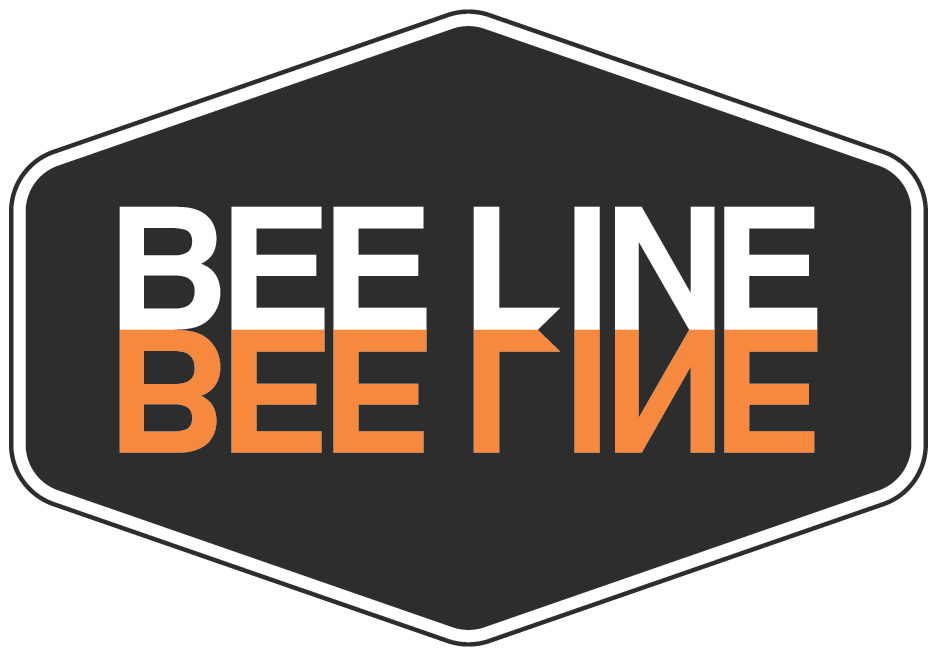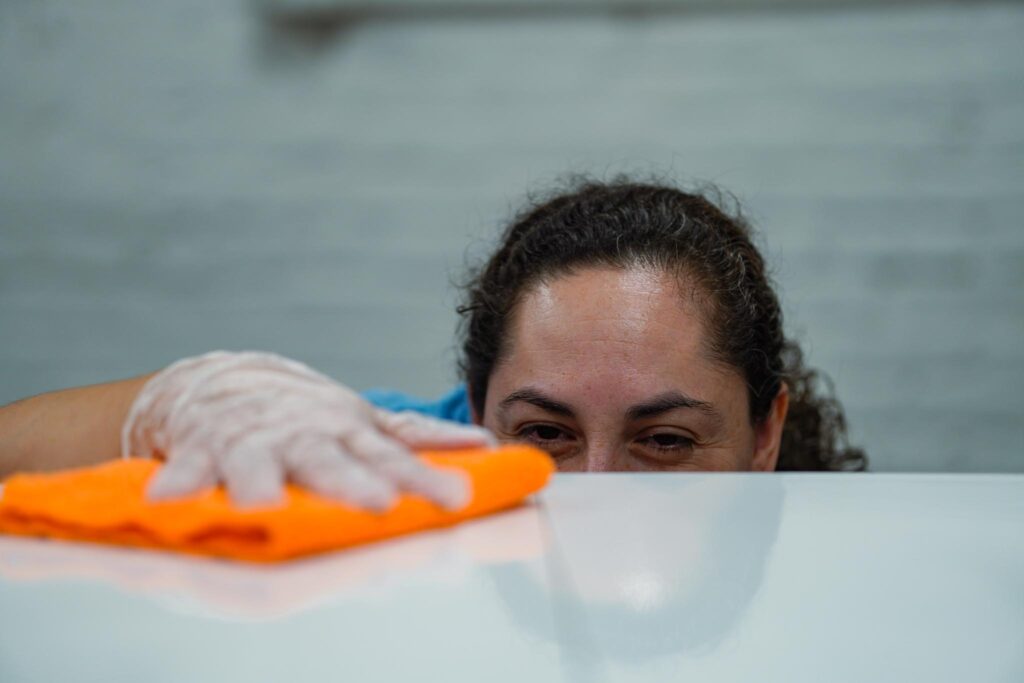Germs are inescapable. They’re an integrated part of our world for better or for worse. While some germs are actually helpful, others cause disease and infection. Germs are found on every surface across every element. They’re in the air that we breathe and the water we drink. Germs are in the soil, on our food, in our beds, and saturated on our phones. Germs live inside of our bodies and can help certain body parts function—such as our gut’s microbiome. The germs that can cause harm are invasive and spread disease. COVID-19 is just one example of this type of germ. It’s a virus that’s easily transmittable and can spread from person to person or live on surfaces. There are millions of other harmful bacteria, viruses, and pathogens that can survive on organic and non-organic material, making the risk for infection high. To avoid infection, take the proper precautions by washing your hands and avoiding touching your eyes, nose, or mouth. You should also focus on cleaning, disinfecting, and sanitizing. While some people believe these are the same, there’s a crucial difference between cleaning, disinfecting, and sanitizing that could save your health.
What’s the Difference Between Cleaning, Disinfecting, and Sanitizing?
Contrary to what you might think, cleaning, disinfecting, and sanitizing are not terms that can be used interchangeably. Each of them implies different levels of eradicating germs and they should be considered when trying to avoid harmful germs. Let’s look into the different between cleaning, sanitizing, and disinfecting.
Cleaning
Cleaning is a surface-level concept. It’s done to make things look nice and organized. Cleaning removes visible signs of debris, smudges, spots, stains, dirt, and more using cleaning products, but it doesn’t necessarily do more than that. Depending on what you use to clean, the act itself can lift germs from a surface, but it doesn’t kill them. This means that if you use the same cloth to clean your entire home, all you’re really doing is picking up germs from one place and spreading them to another. Since most households use simple soap and water to clean, it’s good practice to follow up with disinfecting.
Disinfecting
Disinfecting is the act of using chemicals to kill germs that are living on surfaces or objects. By definition, disinfection kills the most germs out of the three methods. Following the proper protocol, disinfecting should kill virtually everything that’s on a surface. Some of the most common disinfectants available to the public include bleach and alcohol solutions. However, for the disinfectants to work, you need to let them sit on the surface or object for a certain amount of time. The time depends on the chemical, so always read the instructions on the product before using them. Disinfecting doesn’t always clean a surface or remove the germs, so pairing it with the proper cleaning techniques is essential to the complete eradication of germs.
Sanitizing
Sanitizing simply refers to the process of lowering the number of germs on a surface or object to a safe threshold. This threshold varies depending on certain public health standards, current infectious disease rates, or requirements for a business, school, or public area. For example, a surgical operating room has a higher sanitization requirement than a library or warehouse. Methods for sanitization vary as well but are necessary for medical facilities and settings and anything in the food industry. Sanitization can be done using either chemicals or an appliance, such as in the case of dishwashers or certain laundry cycles.
While sanitizing is usually considered safe by industry standards, there are instances where disinfecting is recommended. This is especially true as we continue to battle the COVID-19 pandemic. Rather than leaving a few germs on the surface, it’s important to use the proper disinfecting methods to completely eradicate harmful coronavirus pathogens and avoid increased transmission. Disinfectants are the only products that have been approved by the EPA to kill pathogens and harmful viruses like COVID-19.
When Should I use Sanitization vs Disinfection?
All things considered, there are certain times when sanitizing will suffice and certain times when disinfecting is recommended. The first consideration should be food. If you bring fruits and vegetables home from the store, you’ll want to clean them in some way. However, disinfecting them can be harmful to your health as you replace germs with chemicals that are not meant to be ingested. Instead, you can use warm water to clean them and remove germs from the surface. This will sanitize them to the level deemed safe by the FDA. Disinfectants should be used for high-touch areas like doorknobs, cell phones, countertops, toilet handles, food contact surfaces, and more. In reality, disinfecting should be used for anything that you’re not going to ingest. Failure to properly disinfect certain surfaces, such as food contact surfaces, can be detrimental to your health, especially in the case of highly contagious viruses, bacteria, or pathogens. If you want to keep yourself, your family, and your community safe, taking the time and effort to disinfect your facility, home, and business is essential.
How to Safely Clean and Disinfect Surfaces
Using the right products for disinfectant doesn’t always equate to the full eradication of germs. There are specific application processes that must be performed to kill germs and remove them from surfaces. Therefore, the best way to make sure that you’re prioritizing your health and the health of those around you is to work with a professional disinfecting company.
Bee Line was founded in 1966 and is one of the only certified, medical-grade cleaning companies in the Chicagoland area. We utilize surgical-grade disinfecting processes to ensure that germs and pathogens are vanquished from surfaces and that your business is safe. Our unique cleaning and disinfecting processes were designed for hospitals and surgical suites, but we bring that rigor to every facility we serve. Through a broad range of expert cleaning capabilities that range from day porter services, deep cleanings, and nightly cleaning, we uphold the highest infection control standards in the industry. Bee Line currently offers high-touch disinfecting porters to keep your facility thoroughly cleaned all day long.
While our disinfecting porters can help you with keeping your facility safe throughout the day, we also understand that anything can happen at any time and surprise spills and monumental messes don’t confine themselves to the 9 – 5 hours. That’s why we provide 24/7 emergency services. If something goes “splat” in the middle of the night, you can count on Bee Line to have a team with the proper equipment ready to clean it up. To get a quote or schedule a professional cleaning, contact Bee Line today. For more information on our coronavirus deep cleaning services that will allow you to operate as safely as possible during this pandemic, visit our COVID-19 page or request a quote today.
About The Author
Tom Klimaszewski
author
Tom is your go-to-guy for any health and safety concerns on-site! Tom has lots of experience as a Safety and Compliance Manager in commercial cleaning, healthcare, office, airport settings, with his education in Environmental Studies. He has earned his Certificate Mastery in Infection Prevention (CMIP) and Trainer for Certified Surgical Cleaning Technician (T-CSCT), so to say he’s knowledgeable would be an understatement. When he’s not combatting germs, you can find Tom painting, writing songs, hiking, fishing, and belting out his favorite tunes at karaoke! His favorite part of working with Bee Line is the collaborative and supportive environment.



